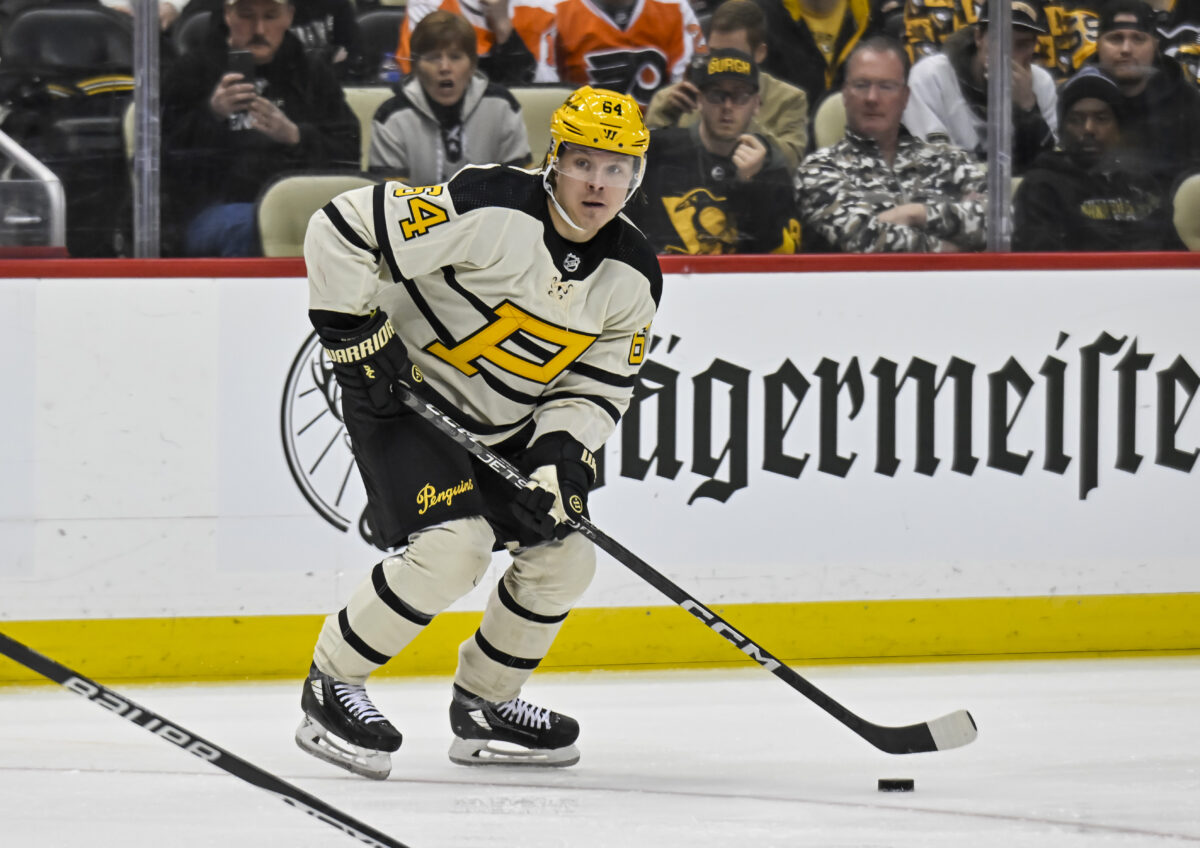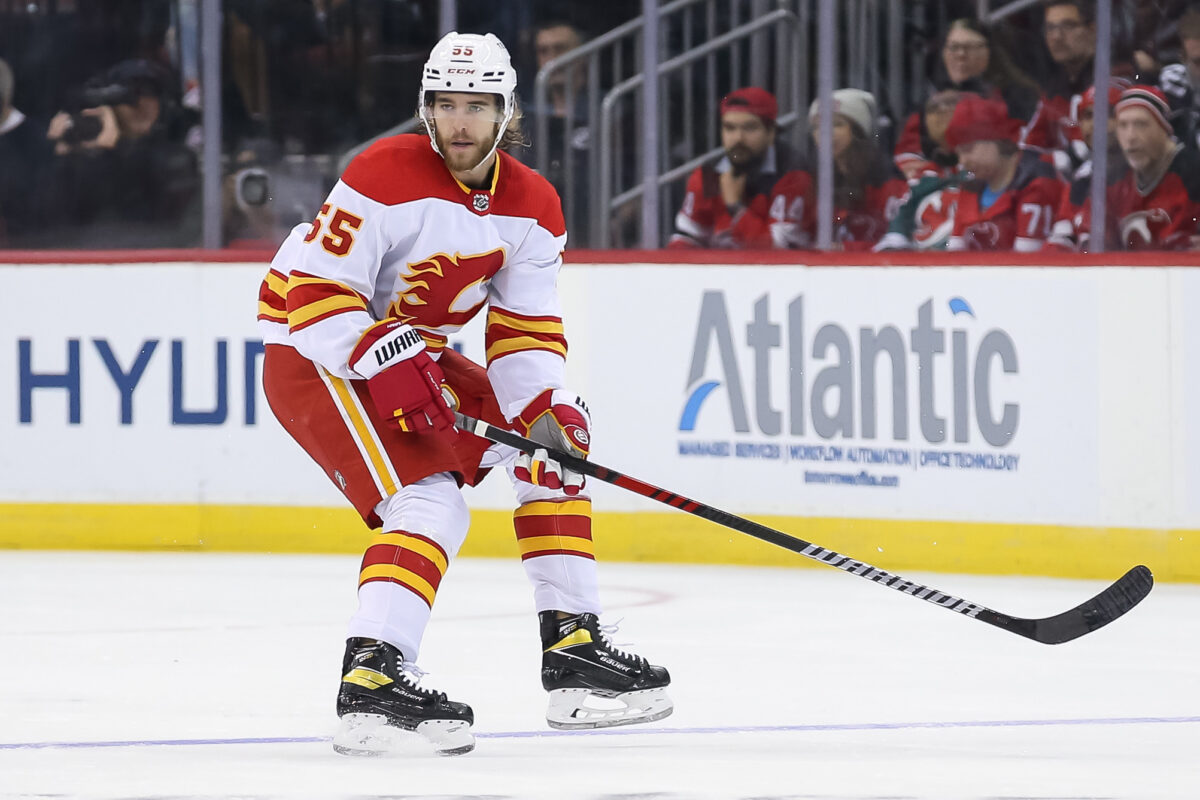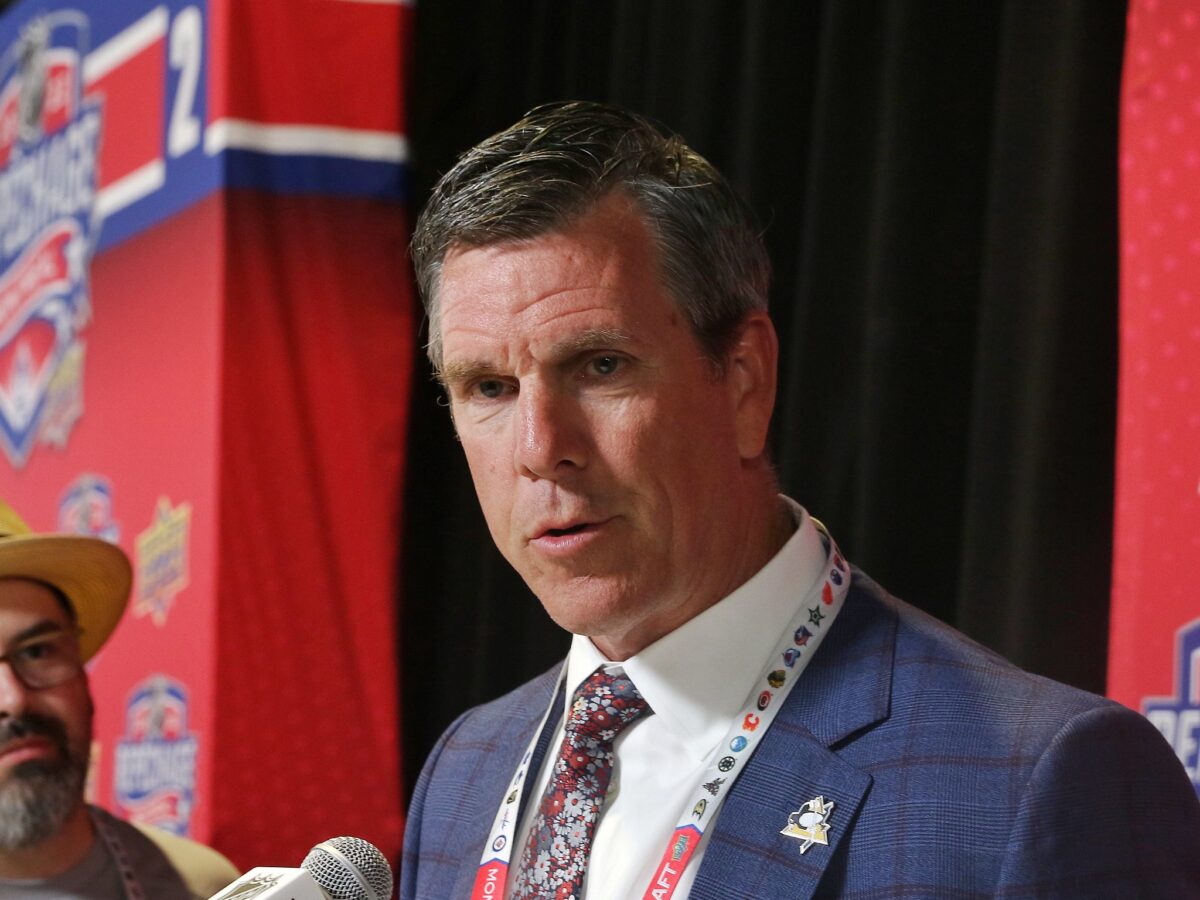The NHL regular season does not begin until October, and with the current offseason still in full swing, teams will not stop squeaking out more transactions to improve their rosters by opening night. What may feel like the quietest part of the offseason is the most unpredictable when a trade or signing goes down immediately. General managers always have their phones on hand, ready to do business whenever the opportunity presents itself while on vacation somewhere tropical.
Even when there are no games to play, drafts to attend, or team-related events to plan for, president of hockey operations Kyle Dubas is not one to hang up the phones or push aside all efforts to better his team. Lately, he has continued to add depth to the minor league affiliate of the Pittsburgh Penguins, the Wilkes-Barre Scranton, and reinforcements to the NHL roster to ensure a greater chance at contending in the Stanley Cup playoffs.
Related: Roster Rebuild: Creating Cap Space for the Penguins
It’s wise to expect more reshuffling of the Penguins’ roster moving forward. What can fans potentially anticipate happening? In this article, we’ll tackle four ways the Penguins can solidify themselves with an exceptional offseason grade and performance.
No. 1: Buying Out Granlund’s Contract
Faced with heightened pressure at the 2023 trade deadline, then-general manager Ron Hextall obliged, acquiring Mikael Granlund in an attempt to satisfy a fanbase’s overall displeasure during a time when the Penguins were reeling. What did it cost? A second-round pick in next year’s draft, and Hextall’s job security too.

Needless to say, this trade was a total disaster. Granlund finished the season with an underwhelming performance, tallying just one goal, four assists, and 21 games played. What’s worse is he also carries a $5 million cap hit, making it even more difficult to find a suitable trade partner with interest. It is becoming increasingly unlikely that Granlund remains on the active roster, so buying out his contract and gaining the extra cap space from it is the best course of action in the short and long term.
No. 2: Trading Defensemen Jeff Petry
Summer trades around the NHL historically turn out to be one of two things: either a booming success or a gigantic failure. Without seeing them play for at least half a season before the trade deadline, it can be harder to gauge if a player will truly fit in and mesh well in the lineup. Jeff Petry was the victim of a summer trade, resulting in his sudden departure from Montreal to Pittsburgh. As a result, how did things fare post-trade? Well, it wasn’t all that great, to put it nicely.
Having already given up John Marino in a separate trade with the New Jersey Devils and Mike Matheson with the Montreal Canadiens, the hope was that Petry could replicate similar, if not better production on the ice. Although he put up five goals and 31 assists on the year, Petry was a liability elsewhere. Approaching 36 years of age and a little over $6 million salary cap hit in 2023-24, a buyout would prove to be a hassle and not of relief. Trading Petry with the intent to offset his contract or another player coming back in return would greatly benefit the Penguins’ blue line next season.
No. 3: Acquiring a Top Two Defenseman in a Trade
If the suggested moves from above do materialize, the Penguins will then be armed with ample cap space and roster flexibility in further adding to an already revamped depth chart. Beefing up the blue line is a top priority with what appears to be an arms race in the Eastern Conference (13-14 playoff caliber teams fighting for eight spots).

Stanley Cups aren’t won in the offseason, but it can certainly do no harm toward your chances when you’re able to acquire top-end talent. Noah Hanifin and Erik Karlsson fit that mold and can elevate a Penguins squad back to greater heights after what has been a five-year hiatus without a playoff series win. Not often do franchise-altering defensemen become available on the market, so bringing in one of Hanifin or Karlsson (depending on trade costs) is the move Dubas must make to ensure a playoff appearance, at the very least, is in store.
No. 4: Signing at Least One More Bottom-Six Forward
Everyone loves a good top-six group of forwards, but not everyone gives that same love or attention to bottom-six forwards who fly under the radar, producing solid numbers without the spotlight shining on them. Oftentimes, these are the type of players who will determine how far a team can advance in any given postseason, regardless of regular season success.
As for the Penguins, their bottom six has struggled mightily in recent years, and the lack of playoff success speaks for itself. Depending on how much cap space they’re left with after acquiring another defenseman and getting rid of Petry and Granlund, adding one more bottom-six forward with some scoring prowess may very well put the forward group over the top. Someone like Pius Suter would provide the necessary upside and chemistry into the lineup when relied upon.
Penguins Adding Reinforcements Will Help
The Penguins are sitting in a much better position than they were last off-season, but they can put the icing on the cake if they choose to go forward with any and/or all of the transactions noted in this article. The Eastern Conference will, indeed, be a dogfight in the coming months, so adding extra reinforcements will help aid in Pittsburgh’s road back to glory.

All that aside, moving out the contracts of both Granlund and Petry, respectively, is the first of many important steps. And lastly, counterbalancing the losses of previous roster players with new ones should involve a new defenseman and at least one forward. If the Penguins can pull all of these moves off, it’s safe to assume confidence amongst fans and media alike will skyrocket.
